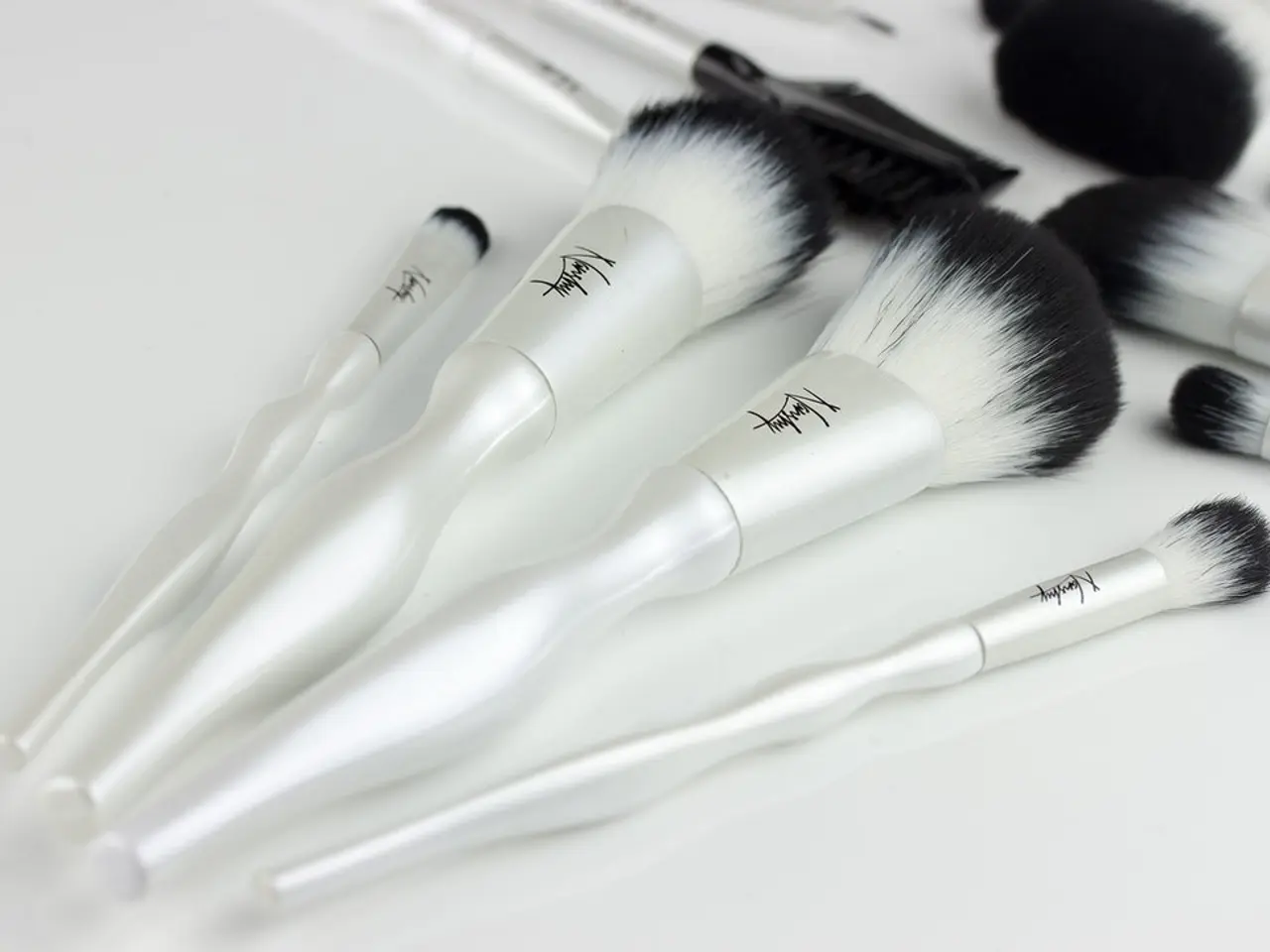Strategies for Alleviating Discomfort from Hair Brushing Due to Sensory Sensitivities
Brushing hair can be a challenging task for children with sensory processing sensitivities, often finding it painful or overstimulating. However, with the right tools and strategies, hair brushing can become a more enjoyable experience for both children and parents.
One such tool is the Knot Genie Teeny Genie Electric Detangling Brush. This battery-powered brush features rotating bristles that gently detangle hair with less resistance, making the process smoother and less stressful. Another option is the Diane 100% Boar Soft Wave Brush, which boasts natural, soft bristles that offer a smooth brushing experience and help reduce pulling.
For those who find vibrations helpful, the Zyllion Scalp Massager Brush provides gentle vibration and deep pressure input, helping to override tactile sensitivity. Similarly, the Scalp Massager Shampoo Brush, with its silicone bristles, gently stimulates the scalp during shampooing, supporting sensory regulation.
Wet Brush Original Detangler and Tangle Teezer Original Detangling Hairbrush are also recommended. Both brushes have flexible bristles that reduce pulling and tension on the scalp, making them ideal for use after showers or with detangle spray.
Letting a child brush their own hair can give them control over the situation and reduce fear. Using a wide tooth comb can also be beneficial as it slides through hair more easily and with less resistance than a traditional brush.
Turning hair brushing into a game or using role play can help reduce stress and sensory issues during hair brushing. Using a timer can also help work on tolerance, setting the timer to see how long a child can tolerate having their hair brushed as a baseline, then adding 5 seconds each week. A separate timer can be used during sessions to eliminate the added input of electronics.
A visual schedule, written schedule, or checklist can help establish a routine for hair brushing. Brushing hair in the tub or sink can also help alleviate stress, as the warm water offers calming sensory input and conditioner/oil makes it easier to comb through hair.
If a social story is too long or advanced for your child, try using a visual schedule instead! This is a simplified version of the social story and can be adjusted based on your child's abilities.
Lastly, a Haircut Cape with Viewing Window can be a great tool for haircuts, reducing anxiety and supporting transitions. This can be used at home or taken to the hair salon or barber shop.
While there is no information available about the name of the OT who operates the specified website and writes posts on sensory-friendly hair care, these recommendations and strategies can help children who struggle with hair brushing due to tactile defensiveness.








